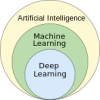Earth may be vulnerable to solar superflares0
- From Around the Web, Space
- June 15, 2019
Scientists now believe that our Sun is capable of producing a type of powerful and disruptive ‘superflare’.
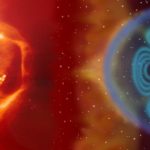
Scientists now believe that our Sun is capable of producing a type of powerful and disruptive ‘superflare’.
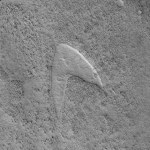
NASA’s Mars Reconnaissance Orbiter is an incredibly useful tool that allows scientists to image areas of the planet’s surface with ultra-sharp detail. It has revealed many things about Mars and offered insights into how the planet’s weather has affected its geography over millions and sometimes billions of years.
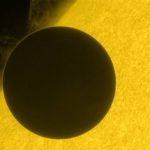
Once a water-rich Eden, the hellish planet could reveal how to find habitable worlds around distant stars
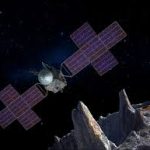
The naked metallic core of a dead, early planet should soon get a visitor. Orbiting the sun between Mars and Jupiter, the bizarre space rock is the target of a NASA mission that just entered its final design phase this week.
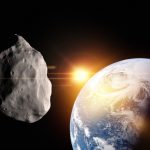
Nasa has warned about the dangers of asteroids in the future – but not this one
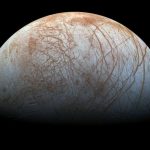
Much like Earth’s seas, the subsurface ocean of this icy moon of Jupiter contains sodium chloride, the main ingredient of table salt
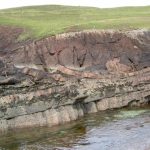
Space object about a mile wide believed to have crashed into Earth around 1.2bn years ago
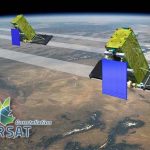
Canada’s RADARSAT Constellation Mission (RCM) was launched successfully into space aboard a SpaceX Falcon 9 rocket at 10:17 a.m. Eastern time from Vandenberg Air Force Base, California.
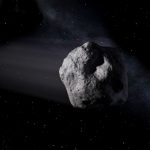
Examining asteroids that come close to earth helps scientists understand our solar system.
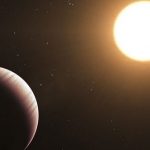
According to a new study, many planets in the so-called habitable zone can only support single-celled organisms.



